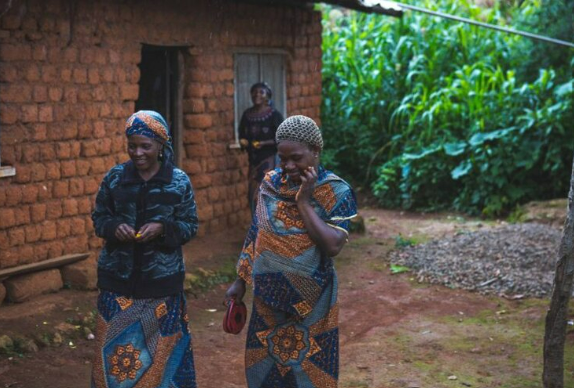Poverty is a type of social exclusion that comes when an individual or family fails to meet an established threshold. The two ways poverty can be measured are as absolute poverty or relative poverty. Absolute poverty has specific fiscal outlines. Relative poverty, on the other hand, is established in relation to the economic climate in which one resides.

Absolute poverty refers to when a person or household does not have the minimum amount of income needed to meet the minimum living requirements needed over an extended period of time. In other words, they cannot meet their basic needs. When an individual goes below this threshold their survival is threatened.
The UN defines this number as $1.90 per day. This number is a representation of regions with extreme poverty such as Sub-Saharan Africa. However, this number is subject to change from region to region. For example, an individual living in the Arctic, the absolute poverty line of $1.90 per day may be much higher. In an environment such as the Arctic, one would need sufficient heating resources in order to survive. This, on average, would cost significantly more than $1.90 per day.

Relative poverty is the level of poverty that changes based on context– it is relative to the economic climate. Relative Poverty is when a household receives 60% of the average household income in their own economy. They do have some money, however, not enough to afford anything above the basics. This group of individuals cannot afford the normal activities and opportunities that average earners have access to known as an “ordinary pattern”.
What is most important to understand about relative poverty is that it is a social exclusion rather than a definitive financial exclusion. Relative poverty also changes over time. As the wealth of a society increases, so does the amount of resources and income, that society deems necessary for proper living conditions. Therefore, relative poverty works in relation to the society in question.
As an example, a family of four living in the United States in 1963 would have had to earn more than $3,100 per year to be living outside of relative poverty. By 1992 this number had increased to $14,228. The latest statistics, as released from the United States Census Bureau, reveal the median income in the United States was $59,039 as of 2017. This would mean that a family of four would have to have an annual income of no less than $35,423 to be considered redeemed from relative poverty.
In conclusion, absolute poverty is based on a defined minimum standard of living, whereas relative poverty is based on the level of living in the culture or community in which a person lives. There is no one single approach to eradicate poverty, however, there are steps we can take as individuals and organizations in helping those living in such conditions. At endPoverty, our mission is to alleviate poverty, we do this by investing in businesses that have a social impact in their communities. When we invest in an entrepreneur, we empower a community.
Learn more about what we do in Kenya through our Small and Growing Businesses: Kua Ventures.
